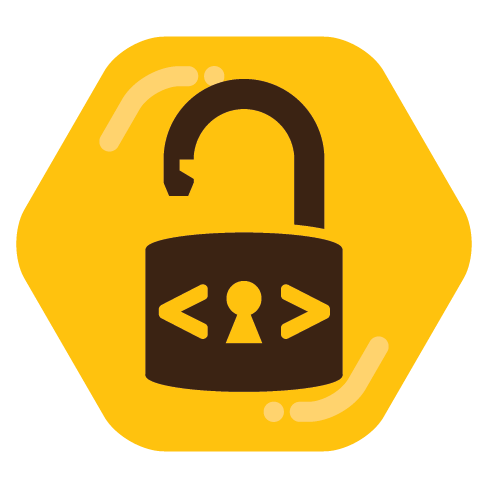When I started playing the game, one of the rules was that if someone else announced they’d lost the game, I didn’t lose. It was only if I thought about it when someone hadn’t lost (within the past 20 minutes) that I would lose. And since you have to announce you’ve lost when you think about it, just whispering “the game” or something similar, when your intent is clearly to get someone to lose the game, is also functionally an announcement of your loss.
You might say that I’m not playing right, but I’d argue that my version of the game is more mature and functions like a pink elephant challenge (“Don’t think about pink elephants. What are you thinking about?”), giving the game more nuance and depth. Not much, but still. And besides, I’d say that your version of the game is supposed to have that rule, too, and whoever told you about it just forgot to mention it. Maybe because they want you to lose more frequently. Maybe they just didn’t know.
You’re welcome to play my version of the game.
Sorry for your loss, but I haven’t lost the game for years.








You should consider talking to a therapist about why you don’t consider non-romantic relationships to be valuable, because your take is not only not universal, but also indicative that you have some shit you need to work through.